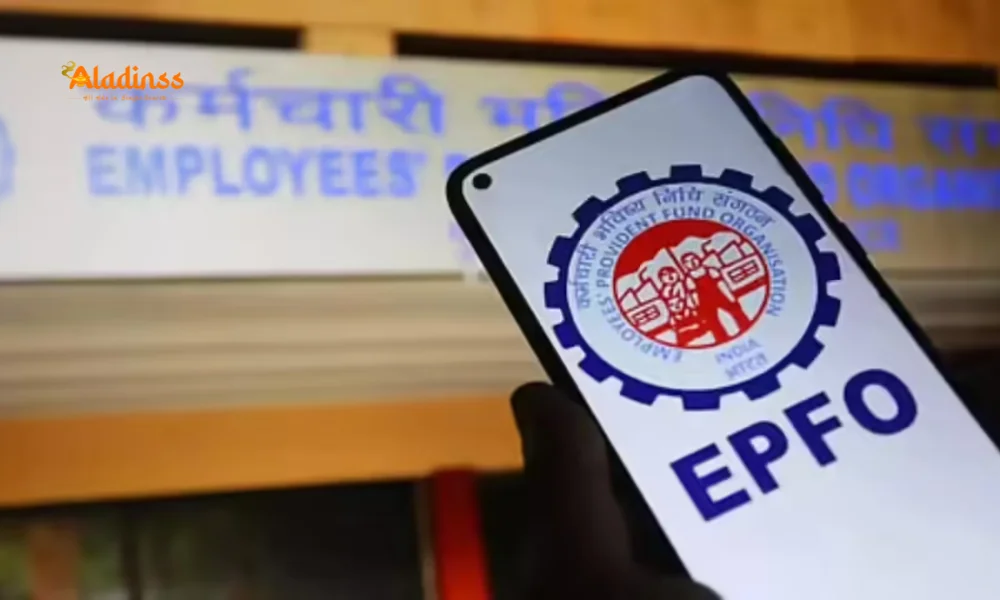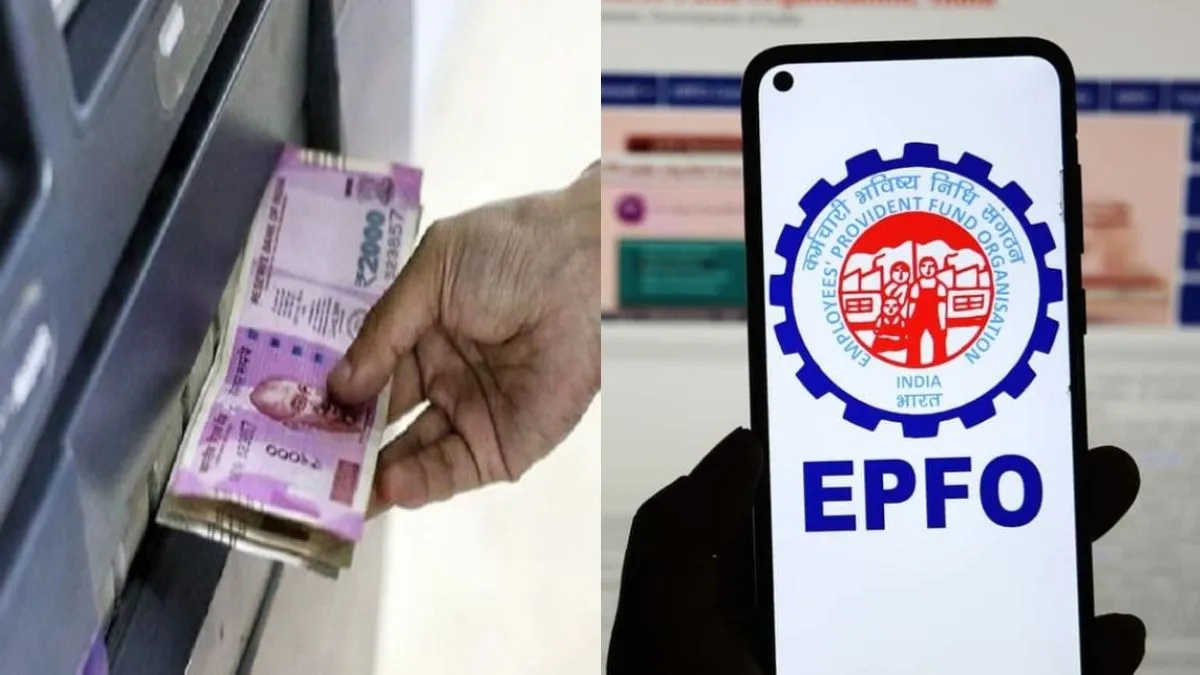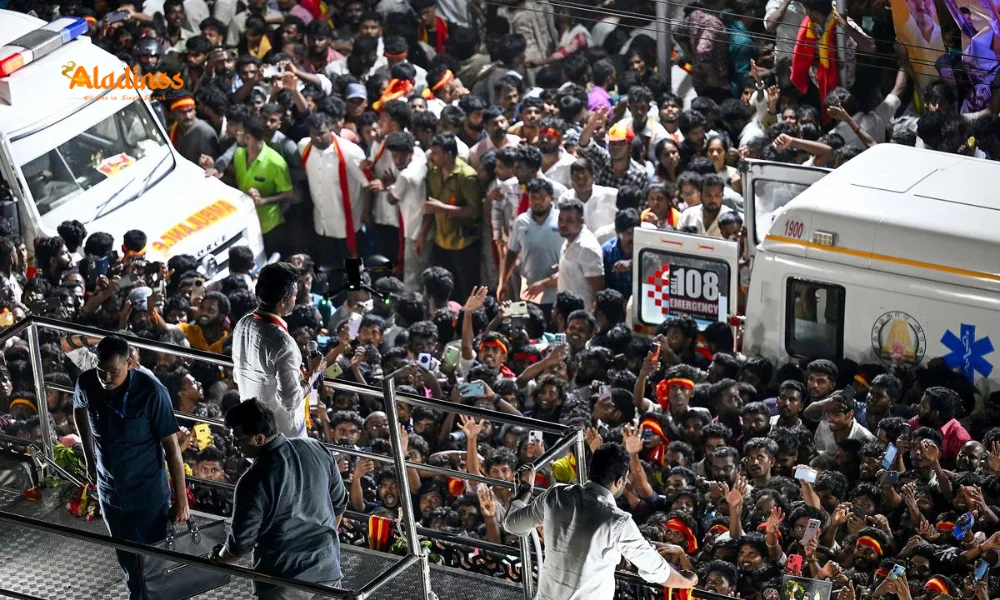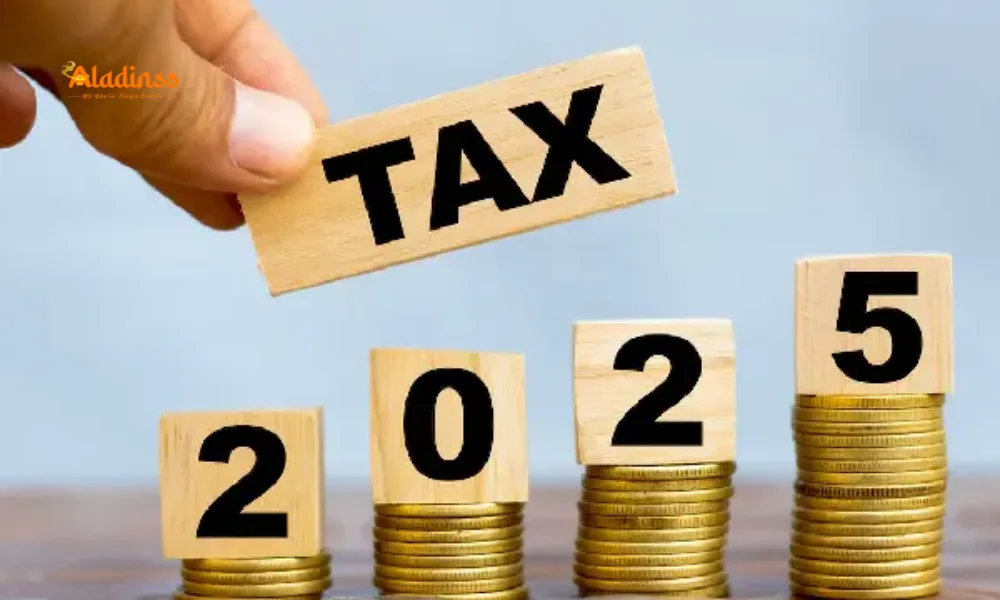EPFO Eases PF Withdrawals in 2025

EPFO Overhauls PF Withdrawal Rules: 5 Key Reforms for Easier Access in 2025
The Employees' Provident Fund Organisation (EPFO) has rolled out transformative updates to its partial withdrawal policies, aiming to boost financial flexibility for millions of salaried workers amid rising living costs. Approved by the Central Board of Trustees (CBT), these EPFO PF withdrawal changes consolidate 13 convoluted provisions into a user-friendly structure, categorized for quick comprehension. From higher limits on education and marriage withdrawals to a uniform 12-month eligibility threshold, the reforms prioritize accessibility while safeguarding retirement savings through a mandatory minimum balance. As of October 2025, these shifts promise faster, paperwork-free claims, aligning with the government's Ease of Living initiative and offering relief in uncertain economic times.
For over 7 crore EPF subscribers, these modifications mean less bureaucratic hurdles and more control over funds during life's pivotal moments. Whether funding a child's tuition or tackling medical emergencies, the new framework reduces rejection rates and accelerates disbursals, all while maintaining the attractive 8.25% annual interest on retained balances. This overhaul reflects EPFO's evolving role in supporting workforce resilience, especially post-pandemic when partial withdrawals surged by 30%.
Experts hail the changes as a game-changer for young professionals juggling loans and family obligations, potentially increasing take-home liquidity without derailing long-term goals. With auto-settlement features, claims could process in days, not weeks, empowering members to navigate inflation and job market volatility more effectively.

Streamlined Categories: Navigating the New EPF Withdrawal Landscape
At the heart of the EPFO PF withdrawal changes is a revamped classification system, distilling complexity into three intuitive buckets: Essential Needs, Housing Requirements, and Special Circumstances. This tripartite approach eliminates the prior labyrinth of rules, where members often struggled to match their situation to obscure clauses, leading to denials and delays.
Essential Needs cover critical life events like medical treatments, higher education for self or children, and weddings-now with expanded frequency allowances. Housing Needs focus on homeownership dreams, allowing advances for purchases, construction, or repayments, fostering stability in an era of skyrocketing real estate prices. Special Circumstances act as a safety net for unforeseen crises, from job loss to disasters, with the groundbreaking removal of justification mandates to expedite relief.
By grouping these, EPFO enhances transparency via its UMANG app and member portal, where eligibility calculators guide users seamlessly. This digital pivot not only cuts paperwork but also integrates Aadhaar-based verifications, slashing processing times by up to 50% based on pilot data from select regions.
Also Read: Trump Seals Gaza Peace Deal in Egypt
Boosted Limits and Eligibility: Unlocking More Funds Quicker
One of the most celebrated aspects of the EPFO PF withdrawal changes is the upward revision of caps, now permitting up to 100% of the member's share plus employer contributions for qualifying needs- a leap from the erstwhile 90% threshold. For education, withdrawals can occur up to 10 instances over a member's career, up from a restrictive three combined with marriage, which itself jumps to five standalone events.
Uniform 12-Month Threshold for All
Gone are the disparate waiting periods that once frustrated newcomers; a flat 12 months of contributions now unlocks partial access across categories. This levels the playing field for fresh hires in gig economies or startups, where job tenures average under two years, enabling early cushions for rent or skill upgrades.
- Education: Fund up to 10 withdrawals for courses, easing student debt burdens.
- Marriage: Five allowances support family milestones without depleting cores.
- Housing: Full balance access for down payments, aligning with PMAY incentives.
Financial advisors note this could inject Rs 50,000 crore annually into household economies, stimulating sectors like edtech and realty while curbing high-interest loans.
Special Circumstances: Hassle-Free Access
In a bold stroke, 'Special Circumstances' withdrawals no longer demand proof of calamity, unemployment, or health crises-members simply declare need, triggering auto-approvals. This addresses past grievances where 20% of claims faltered on documentation, particularly in rural areas with limited access to certificates.
The safeguard? A compulsory 25% minimum balance retention, ensuring at least a quarter of the corpus compounds at EPFO's robust 8.25% rate-outpacing bank FDs and inflation. This balance acts as a retirement firewall, with projections showing it could swell to Rs 20 lakh extra over 30 years for average earners.
Digital Overhaul: Paperless Claims and Long-Term Incentives
Embracing tech, EPFO mandates 100% auto-settlement for partial claims, eliminating physical forms and branch visits. Integrated with DigiLocker, members upload self-attestations via mobile, with AI-flagged anomalies resolved in 48 hours- a far cry from the month's-long waits of yore.
To encourage sustained saving, premature full settlements and pension advances now extend to 60 months post-retirement, giving leeway for phased drawdowns. This tempers the temptation for lump-sum raids, preserving tax-deferred growth in a volatile market.
For NRIs and women returnees, these EPFO PF withdrawal changes offer repatriation ease, with forex linkages for overseas emergencies. Case studies from beta implementations in Maharashtra show 40% uptake rise, underscoring the reforms' resonance.
Implications for Savers: Balancing Flexibility and Security
These updates democratize EPF, transforming it from a rigid nest egg to a dynamic tool. Young millennials, facing EMIs and upskilling costs, gain breathing room; mid-career families buffer against health shocks without equity erosion.
Yet, caveats persist: Over-withdrawal risks interest shortfalls, and the 25% floor mandates disciplined planning. EPFO's awareness drives, via SMS alerts and webinars, aim to educate on optimal usage, projecting a 15% dip in final settlement claims.
Economically, this liquidity boost could fuel consumption, aiding GDP by 0.5% through targeted spends. For gig workers entering EPFO via e-Shram, it's an entry to formal safety nets, bridging informal sector gaps.
As implementation rolls out nationwide by December 2025, members should log into epfindia.gov.in to recalibrate portfolios. These EPFO PF withdrawal changes aren't just procedural-they're a lifeline, harmonizing immediate needs with golden years' security.
In sum, the CBT's vision equips India's workforce for tomorrow's uncertainties, blending compassion with prudence in an era of flux.
Comment / Reply From
No comments yet. Be the first to comment!











